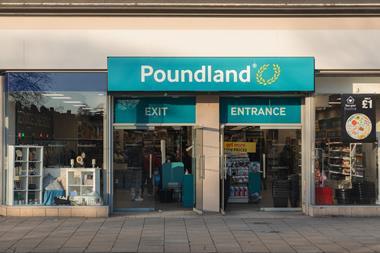
Managing the complexities of a global fmcg portfolio is a balancing act – between the familiar and the unfamiliar, the old and the new, the local and the global. And as 2024 is offering its own unique challenges in the face of geopolitical, economic and social uncertainty, the world’s fmcg giants are working hard to hold on to volumes, never mind seek growth.
As all areas of business are buffeted by volatility – be it in sourcing, production, logistics or distribution – every product must earn its place in a portfolio that sits across culturally varied international markets.
This is when the art and skill of global portfolio management comes into play and how those businesses that correctly manage their portfolios can gain significant advantage. And as complex as it might sound, it essentially comes down to three tenets: consistency, flexibility and efficiency.
Intersecting strategy and product selection
After online food shopping’s slowdown, the challenge of limited shelf space in physical stores has led retailers to become more selective with what they stock. This ‘one in, one out’ approach is driven by the desire to offer quality solutions for all pockets and increase shelf-space for cheaper own-label alternatives. Nestlé recently discontinued some products including Breakaway chocolate bars and Yorkie biscuit bars to make room for new ones later in the year.
To manage dynamic portfolios at scale, businesses need overarching principles to ensure consistency of intent across brand strategy, messaging, visual identity, product and customer experience. It involves managing consistently aspects of the portfolio’s dynamics, like determining which products should stay in or can be introduced to join the brand family, their role in the portfolio, and at what price tier. By following a blueprint, brands can guide activity to build consumers’ trust, loyalty and desired awareness on a global scale.

Balancing global consistency and local adaptability
Portfolio management involves recognising and responding to evolving cultural phenomena and consumer moods and tastes. For example, the rising popularity of veganism led to many brands expanding their portfolios with plant-based options. However, as demand for these products has levelled off, we’ve seen brands such as Innocent discontinue its dairy-free milks and Heck reduce its meat-free lineup from 10 to two SKUs following disappointing sales – an insight into how flexible businesses need to be in their approach to their brand portfolios.
At the same time, flexibility is a requisite for adapting and tailoring products, brand assets, marketing messages and initiatives to ensure the brands resonate with individual market preferences while establishing consistent global basics. Flexibility allows organisations to respect established brand equities to stay locally relevant and competitive.
For example, Essity’s femcare global portfolio allows its brands to carry different names across different markets (Bodyform, Nana, Nuvenia, Saba, Nosotras, Libresse, Libra) so consumers retain familiarity with historical local brands, while building a unifying global strategy and one umbrella identity system.
Streamlining global governance
The control of global fmcg portfolios is costly. So it is crucial to streamline brand governance processes and optimise resources and technology to reduce costs. Leveraging efficiency and economies of scale not only helps to maximise profits, but it also prevents portfolio cannibalisation, securing long-term viability while ensuring each brand in the portfolio maintains its unique market position.
Global fmcg portfolio management requires concerted effort and input from every business function. But by maintaining consistency, flexibility and efficiency, businesses are better placed to ensure their whole portfolio is working for them, and pivot successfully, no matter what external challenges they face.



















No comments yet